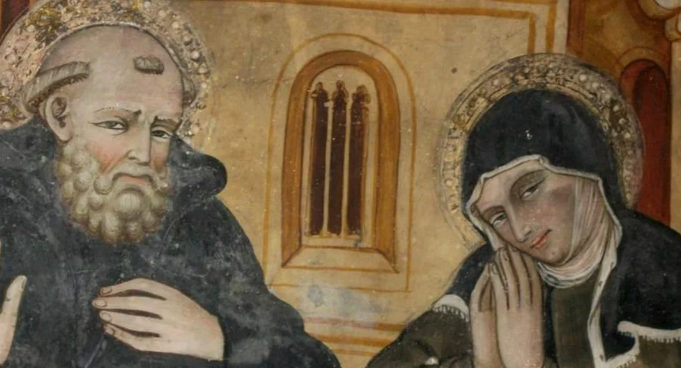Saint Scholastica: Sister of Saint Benedict
Saint Scholastica is a significant figure in Christian history, often overshadowed by her brother, Saint Benedict. However, her contributions to monastic life and spirituality are profound and deserving of recognition. Let’s explore the life and legacy of this remarkable woman, whose influence continues to inspire many.
The Early Life of Saint Scholastica
Born around 480 AD in Nursia, Italy, Saint Scholastica lived during a pivotal time for Christianity. As the twin sister of Saint Benedict, she was raised in a devout family that emphasized faith and learning. Following in her brother’s footsteps, Scholastica dedicated her life to God and founded a monastic community for women. This was an extraordinary feat during a time when women had limited roles in religious life. Scholastica’s commitment not only laid the groundwork for female monasticism but also demonstrated that women could lead and inspire others in their spiritual journeys.
Scholastica’s Monastic Community
Saint Scholastica established a convent in Plombariola, near Monte Cassino, where she and her followers lived according to the Rule of Saint Benedict. This rule emphasizes balance between prayer, work, and communal living, which became foundational for Western monasticism. Scholastica adapted her brother’s teachings to suit the unique needs of women, highlighting the importance of education and spiritual mentorship. Her monastery flourished, attracting numerous women seeking a life dedicated to God, and she has been recognized as the first known abbess in the Christian tradition. Through her efforts, Saint Scholastica played a crucial role in furthering the monastic movement specifically for women.
The Legacy of Saint Scholastica
Saint Scholastica’s influence extends beyond her lifetime. She is often invoked in prayers, particularly those asking for intercession with regard to matters of faith and divine guidance. Her feast day is celebrated on February 10, and many religious communities continue to honor her legacy through various works and practices. Scholastica’s life serves as an encouraging reminder of the important roles that women have played in shaping religious communities. Her dedication to God and service to others inspires individuals today to foster faith and resilience in their own lives.
In Conclusion
Saint Scholastica’s story is one of faith, dedication, and leadership in a time when women’s contributions often went unrecognized. By learning about her life and the impact she had on monasticism, we can appreciate the vital role women have played in the history of the Church. Explore her legacy further, and consider how her example can inspire your own spiritual journey. Discover more about Saint Scholastica and the women who followed her path in faith; their stories might ignite your inspiration to reflect on the rich tapestry of Christian history. If you are interested in artistic representations of Christianity, you can explore some Christian paintings or christian sculptures.

